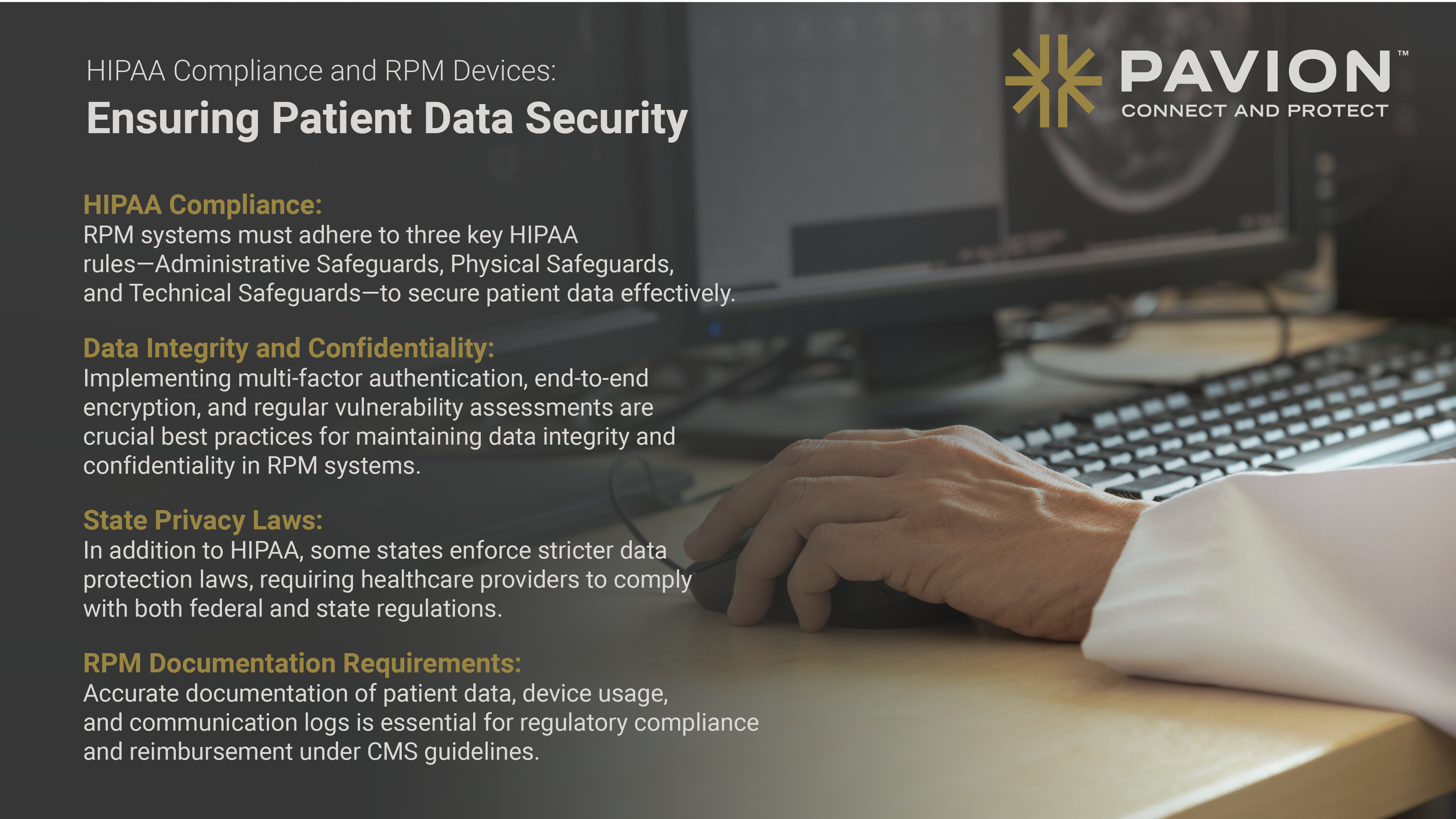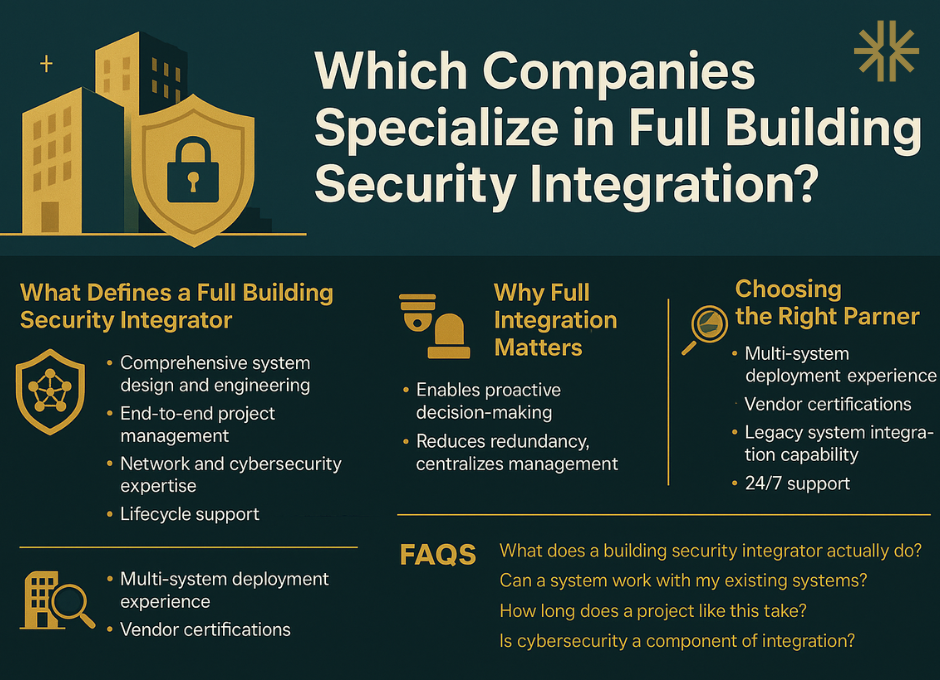
HIPAA Compliance and RPM Devices: Ensuring Patient Data Security
Remote Patient Monitoring (RPM) devices are transforming healthcare delivery—enabling real-time data sharing, improving patient outcomes, and reducing hospital readmissions. But with these innovations come new responsibilities. Securing patient data is more than a best practice—it’s a legal requirement. For any healthcare organization implementing RPM, understanding HIPAA compliance and data security is critical.
What is Data Security in RPM?
RPM devices collect, store, and transmit sensitive patient information such as heart rate, blood pressure, and glucose levels. Data security in RPM refers to the protections in place to prevent unauthorized access, tampering, or breaches of this data. That includes everything from encrypted transmission to secure storage protocols and access controls.
What Are the HIPAA Requirements for Data Security?
The Health Insurance Portability and Accountability Act (HIPAA) includes three key rules that guide how to secure patient data:
- Administrative Safeguards – Policies and procedures to manage the selection, development, and implementation of security measures.
- Physical Safeguards – Controls on physical access to protect electronic systems and equipment.
- Technical Safeguards – Technology and policies that protect data access and control, such as encryption, access logs, and authentication.
Each of these safeguards must be applied to any system involved in remote patient monitoring, including the devices themselves, the apps they integrate with, and the platforms where data is analyzed or stored.
How Do You Maintain Data Integrity and Confidentiality in RPM?
Maintaining data integrity and confidentiality means ensuring that the information is accurate, unchanged, and accessible only to authorized individuals. Here are best practices for securing patient data in RPM systems:
- Use end-to-end encryption for data transmission.
- Implement multi-factor authentication for all users.
- Perform regular audits and vulnerability assessments.
- Limit data access based on user roles.
- Partner with vendors who follow HIPAA-compliant development and hosting standards.
What Legal Requirements Do Providers Need to Consider?
Beyond HIPAA, providers should be aware of the following when implementing RPM devices:
- Remote Patient Monitoring Documentation Requirements – Accurate and thorough documentation of patient data, device usage, and communication logs is required for compliance and reimbursement.
- Remote Patient Monitoring Guidelines – CMS outlines specific use cases, patient eligibility, and billing codes for RPM. Providers must follow these to stay compliant.
- State Privacy Laws – In addition to HIPAA, certain states have their own patient data protection laws that may impose stricter requirements.
Building Trust with Secure RPM Solutions
Patients trust providers with their most sensitive health information. Breaches not only damage that trust but can lead to steep fines and reputational harm. That’s why data security isn’t just an IT concern—it’s a fundamental part of delivering care in a digital age.
Protect Your Patients. Protect Your Practice.
Check out our healthcare security solutions! Whether you’re rolling out a new RPM program or looking to strengthen your current systems, we’ll help you stay compliant and secure.


